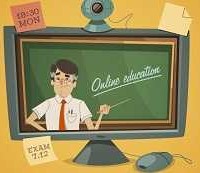How to prioritize the future of historically underserved learners
This week the collaborative funding initiative Catalyze opened grant applications for round three of the Catalyze Challenge. This new round of grants aims to reimagine the connections between…






